February 20, 2024
Astronomy Calendar 2024: Upcoming Astronomical Events You Must Not Miss

Club Mahindra
In this blog, we bring you the Astronomy Calendar 2024! Everyday life has people caught up in numerous things, and one often looks up at the sky to enjoy the view. A busy schedule also makes it hard to keep track of astronomical events.
If you have missed celestial events in 2023, get ready to enjoy the upcoming 2024 astronomical events. From awe-inspiring solar and lunar eclipses to the mesmerizing dance of meteor showers lighting the night sky, there's no shortage of must-see occurrences.
Several astronomical events are scheduled for 2024 that will be worth watching. Here are some of the must-see occurrences:


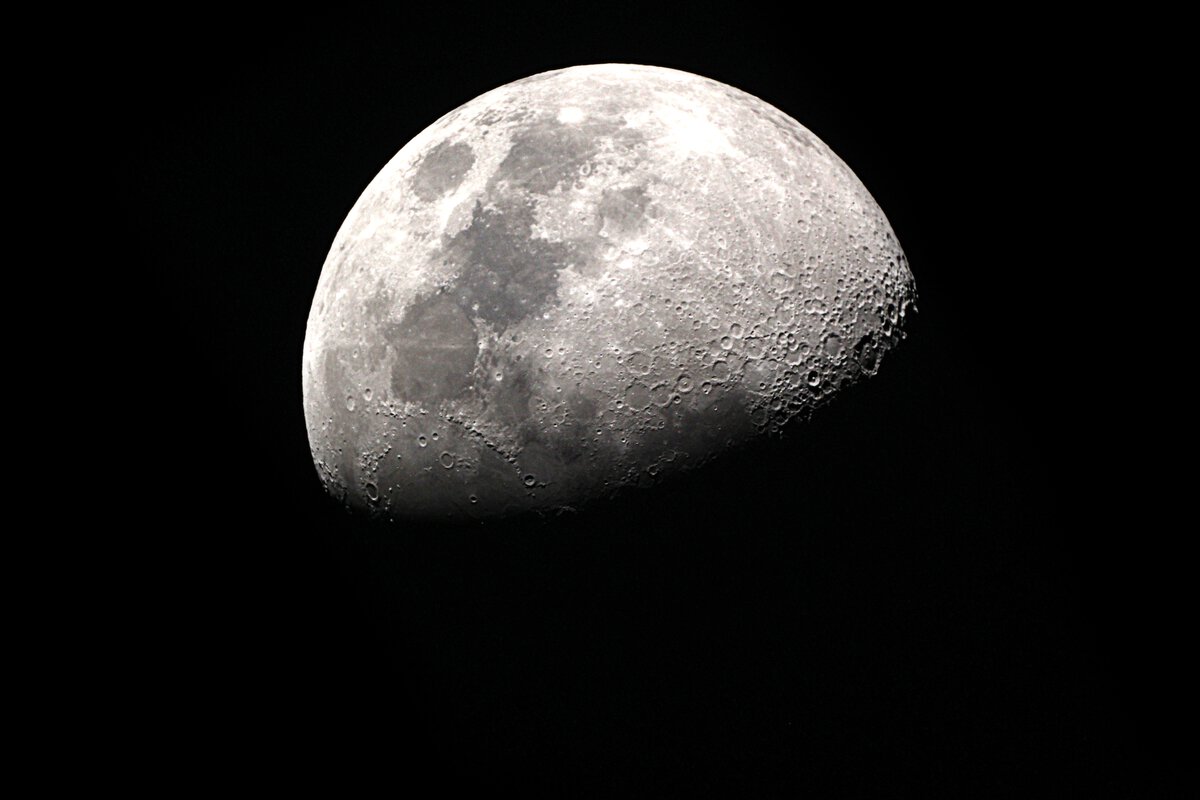
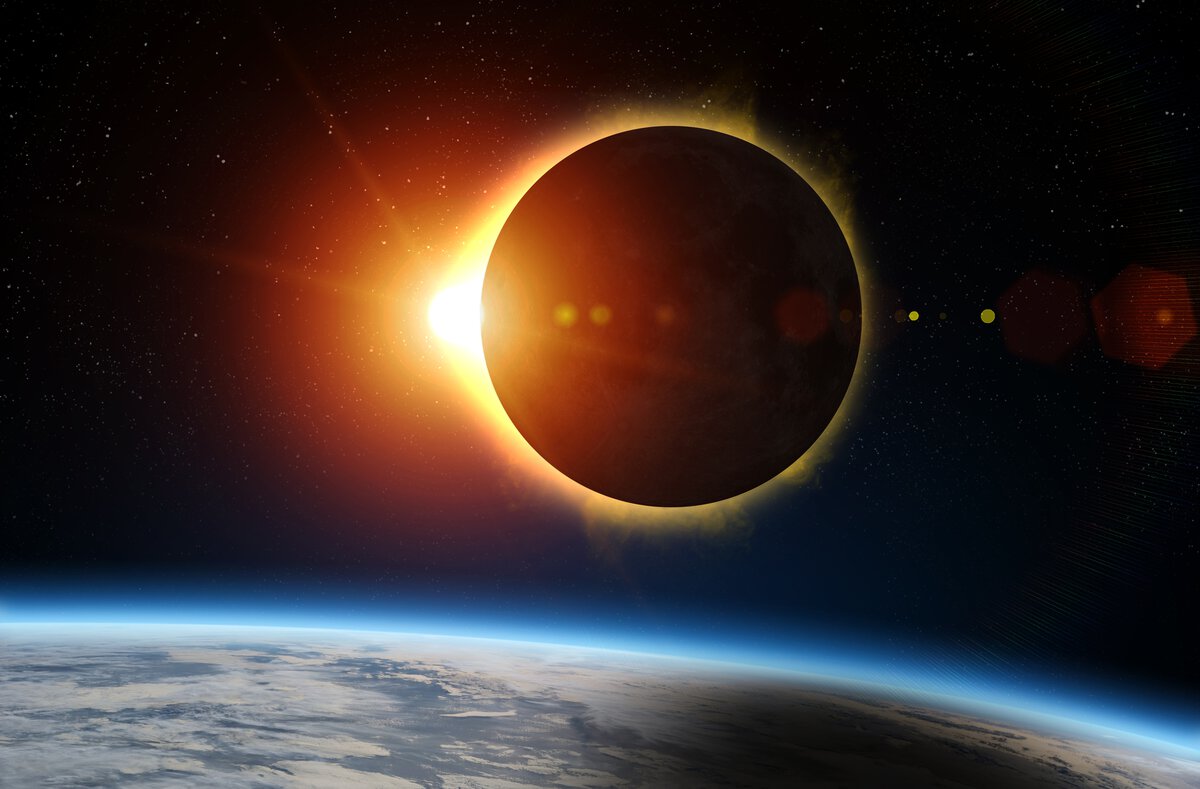
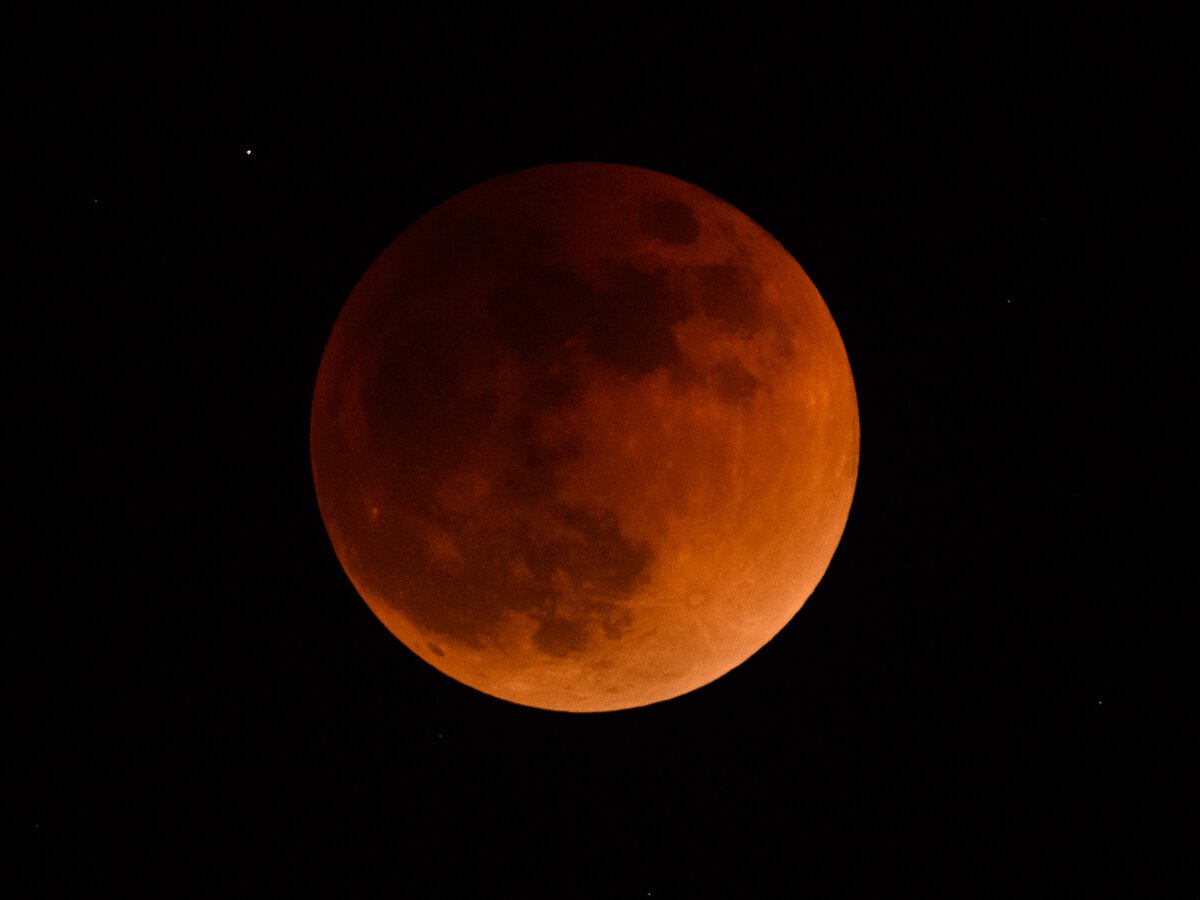
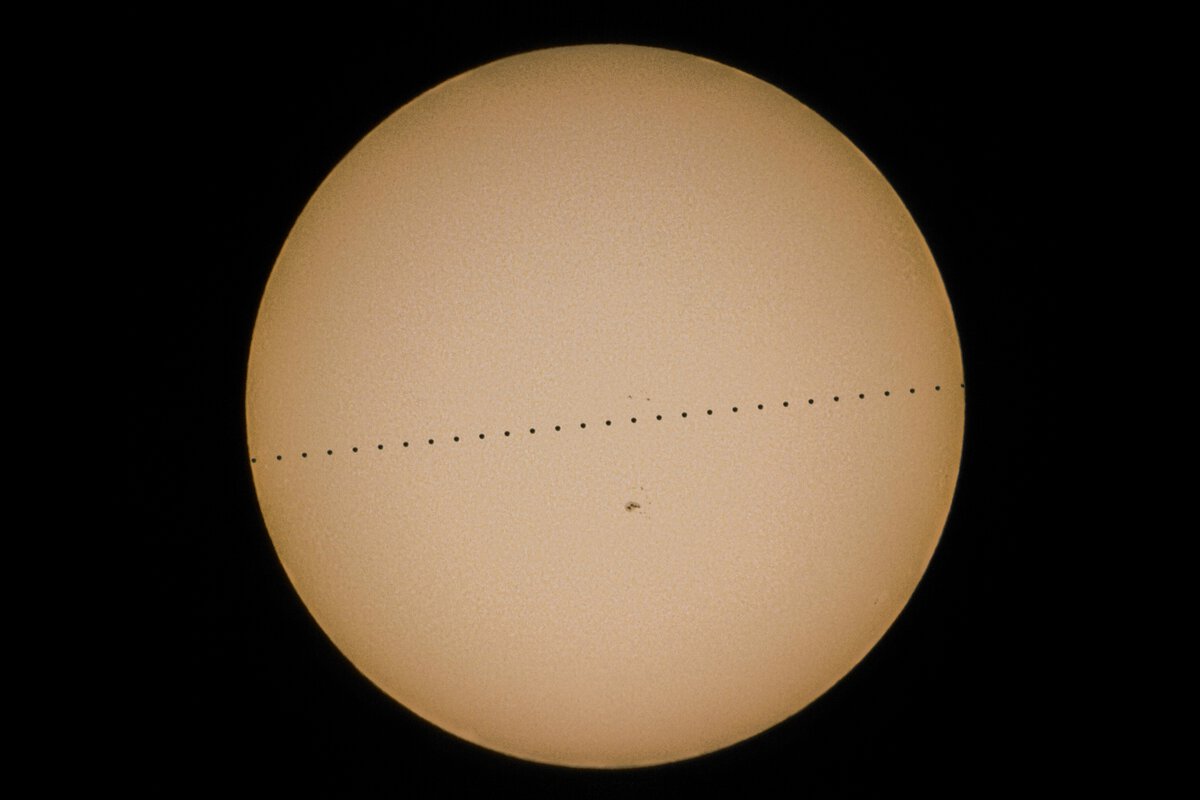
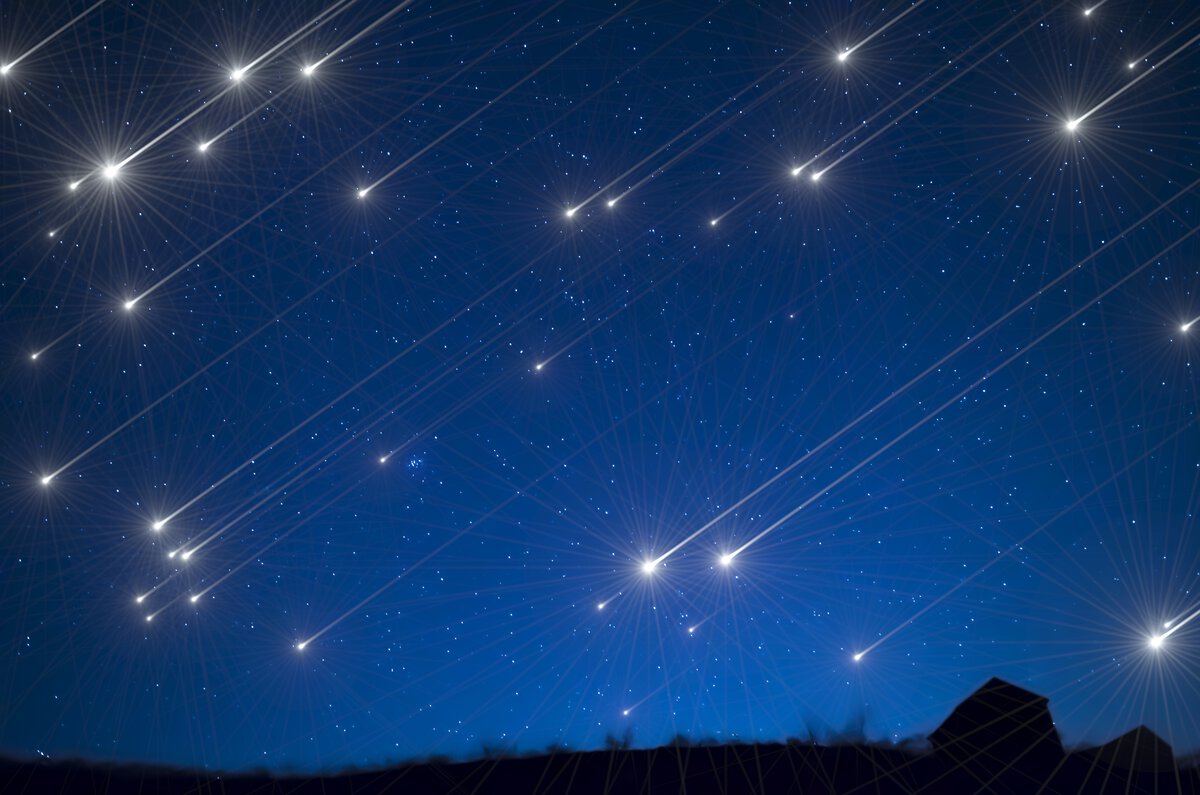
Here’s more detail on the above astronomical events.
Use the above list as your astronomy calendar for 2024. Remember to use proper eye protection when observing solar events, such as the solar eclipse and Mercury transit, as looking directly at the Sun without protection can cause permanent eye damage.
Observing astronomical events is enhanced in dark locations away from city lights. Less light pollution allows you to see celestial events more clearly.
With a Club Mahindra Membership, you can enjoy a premium stay across Europe and Asia to experience many of the above upcoming astronomical events.
Many resorts are in locations that would be perfect for the 2024 astronomy events.
Mahindra Holidays & Resorts India Ltd. (MHRIL), a part of Leisure and Hospitality sector of the Mahindra Group, offers quality family holidays primarily through vacation ownership memberships and brings to the industry values such as reliability, trust and customer satisfaction. Started in 1996, the company's flagship brand ‘Club Mahindra’, today has over 290,000 members , who can holiday at 140+ resorts in India and abroad.